Peter Pearson recounts the history and restoration of Powerscourt House, which occupies a distinguished place in Irish architectural history
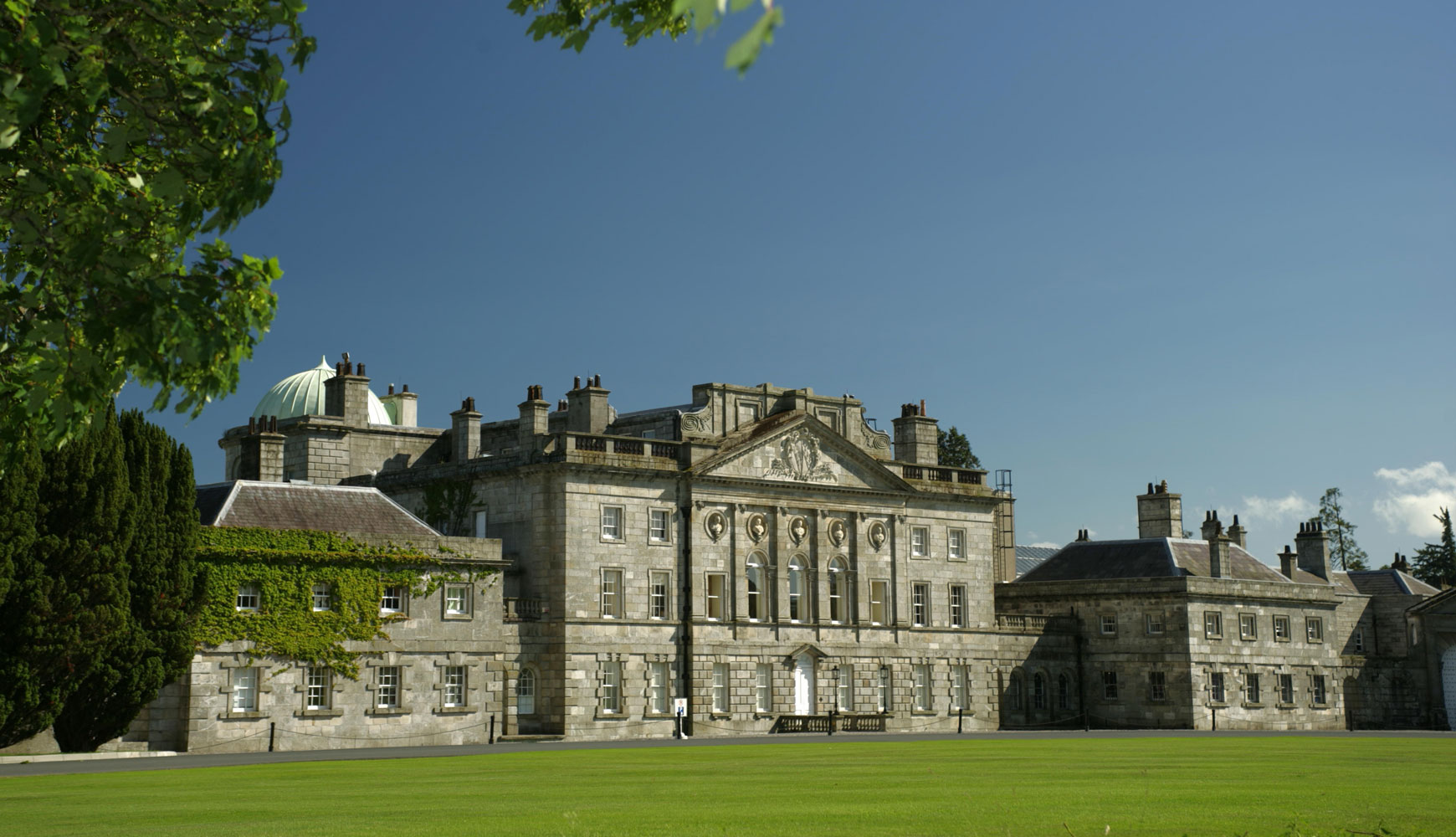
A visit to the famous Powerscourt House and Gardens is heralded by the popular and picturesque village of Enniskerry, laid out as a model development in the 19th century by the estate landlords, the Wingfields. The approach to the house is impressive, as the steep hill out of Enniskerry brings us to an imposing arched entrance gate surmounted by a giant carved stone eagle with spread wings, from the family coat of arms. The main avenue, lined with tall beech trees, follows a high ridge and offers dramatic views across the Dargle Valley to the Sugar Loaf and the rest of the Wicklow Mountains beyond.
The basic facts about the demesne are well known. The Wingfields were given the lands of the native O’Tooles and O’Byrnes in the 17th century as a reward for suppressing the former owners. There was an old castle with a court, belonging once to the Poers or Powers (hence Powerscourt), which in 1731 Richard Wingfield, 1st Viscount Powerscourt, rebuilt as the house we see today. He employed the talented and prolific architect Richard Castle, newly arrived in Ireland, to design and oversee the construction of his new house. Castle, who is believed to have come from Germany, was dedicated to the Palladian style of architecture and left an important legacy of high-quality large country houses and other buildings, like the Rotunda Hospital in Dublin, all dating from the mid-18th century.
To read this article in full, subscribe or buy this edition of the Irish Arts Review
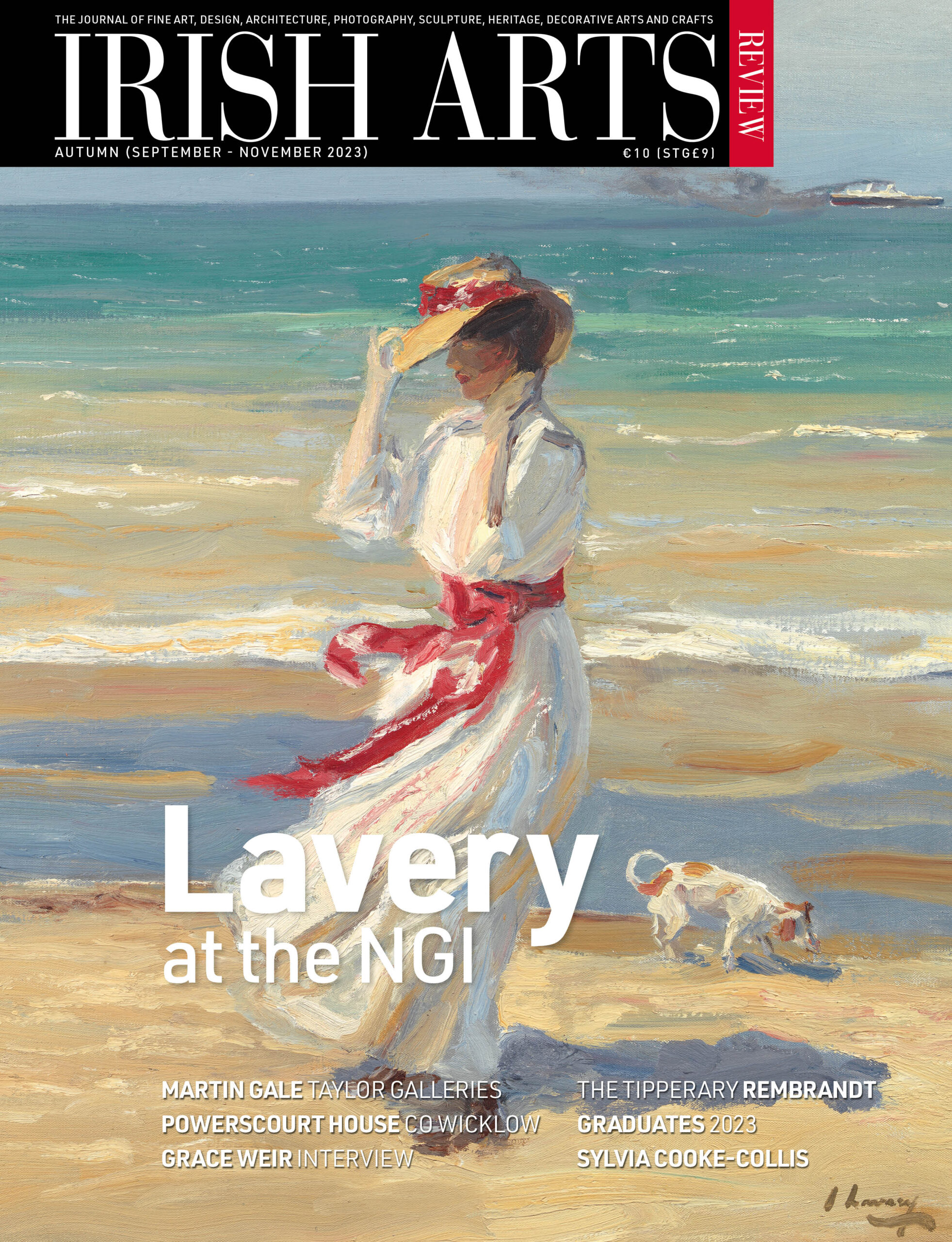
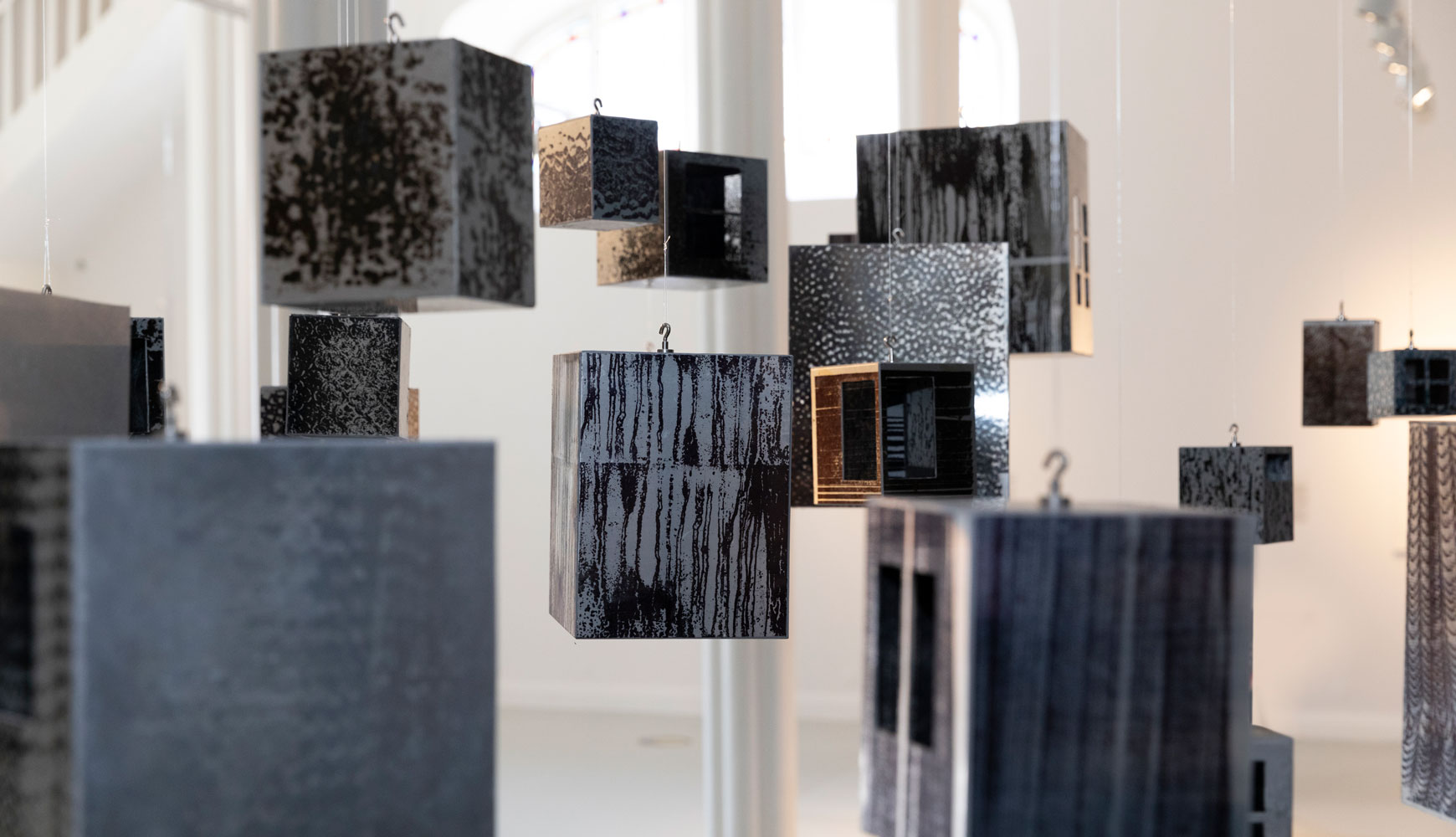
Aoife Ruane looks at artist Niamh McGuinne’s work, on show at the Highlanes Gallery
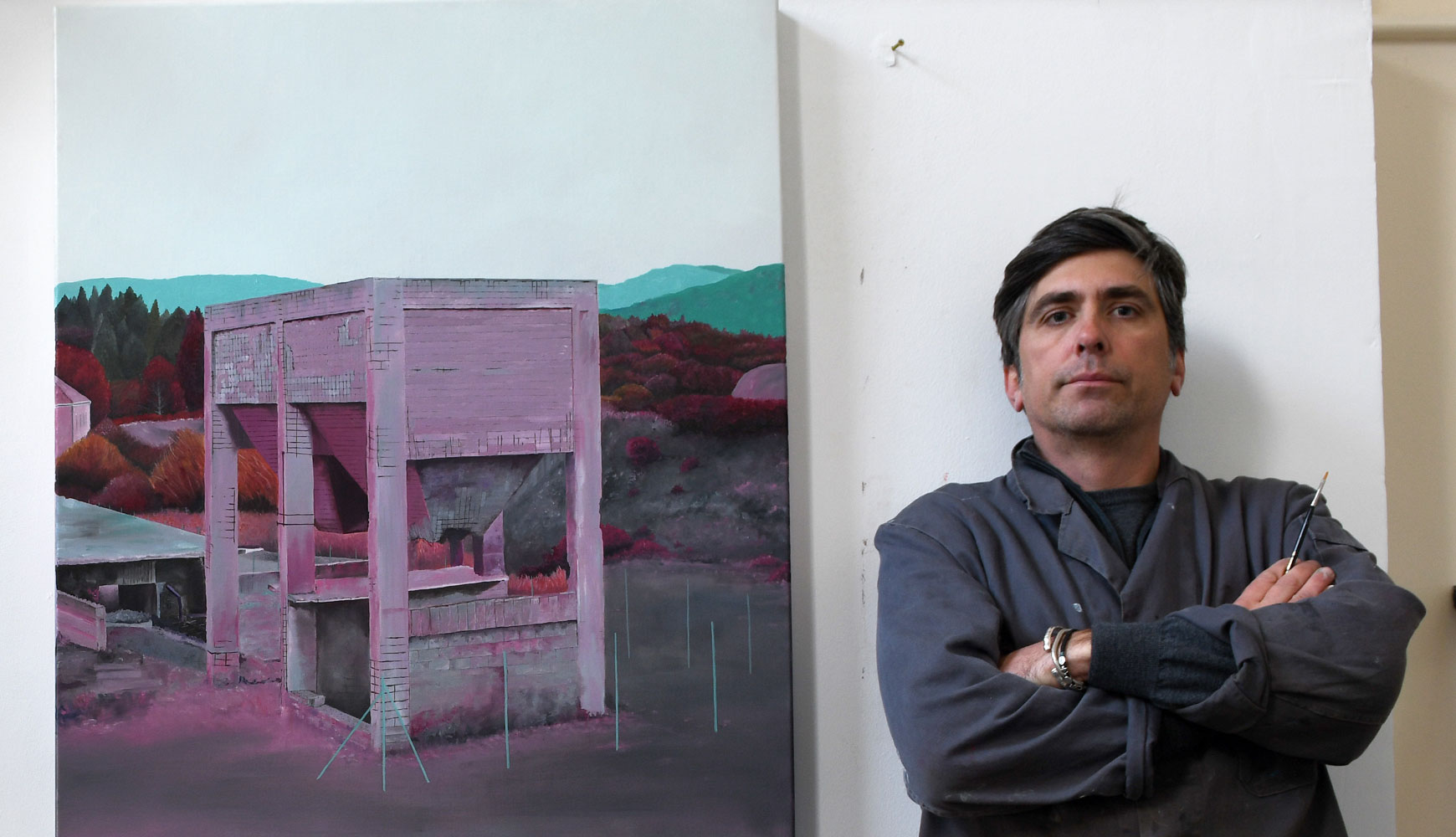
Pascal Ungerer’s peripheral landscapes evoke a sense of silence and isolation , writes Margarita Cappock
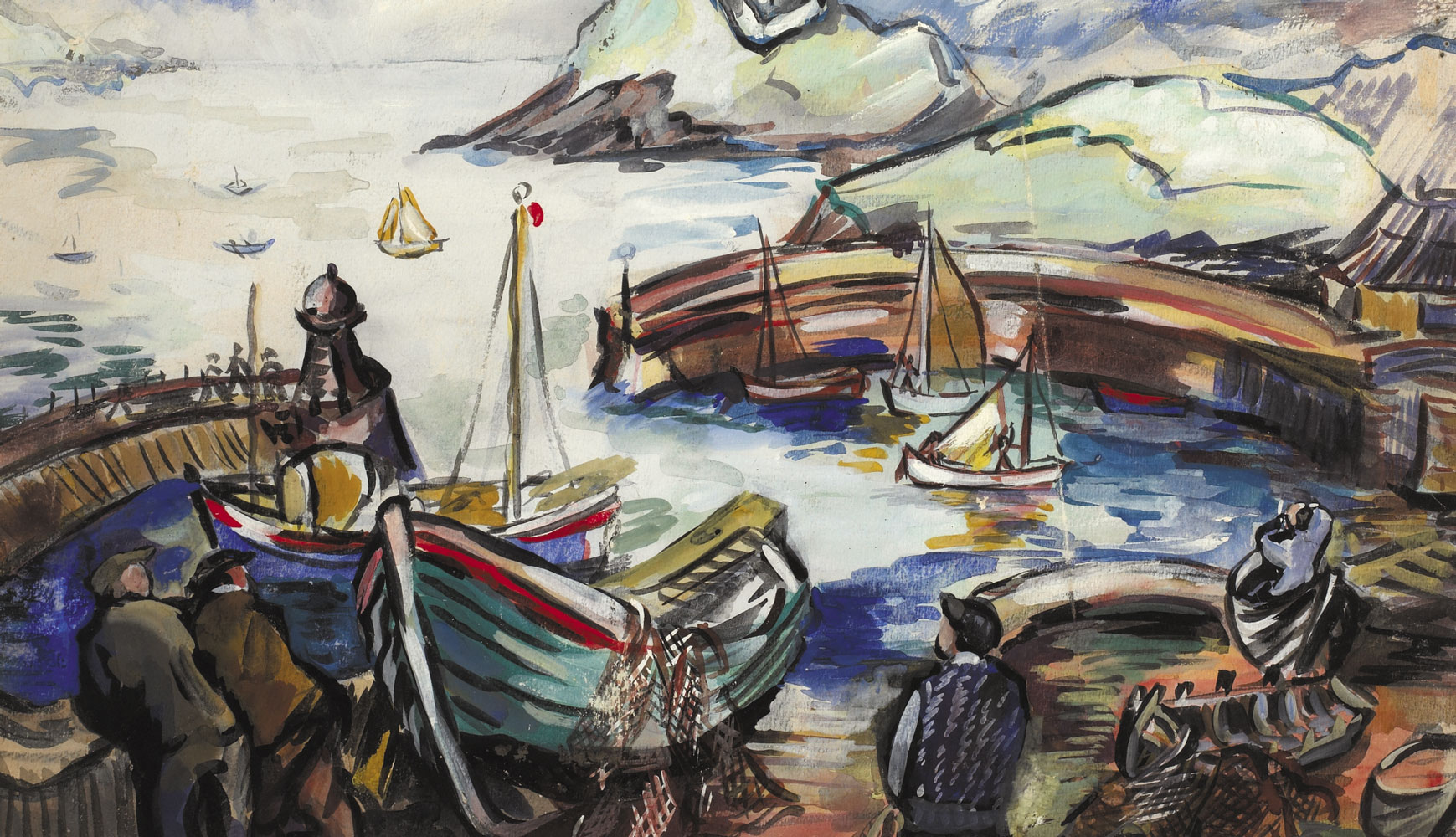
On the fiftieth anniversary of her death, Michael Waldron assesses the work of Cork artist Sylvia Cooke-Collis